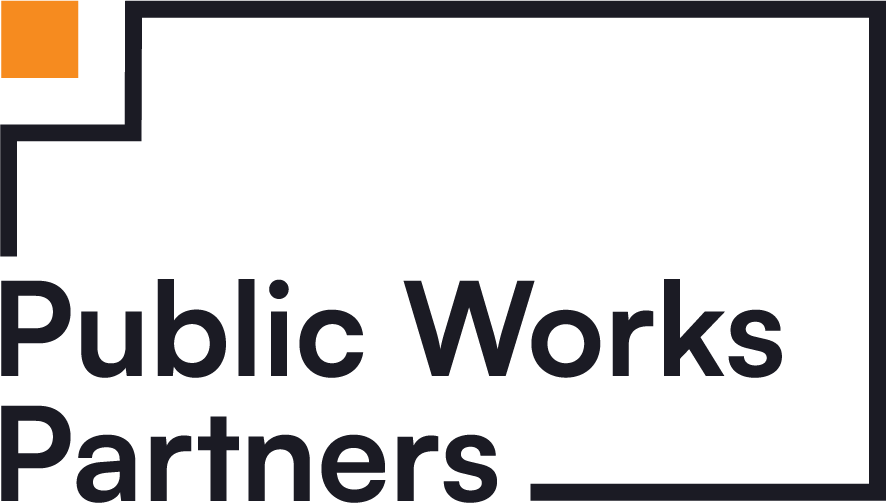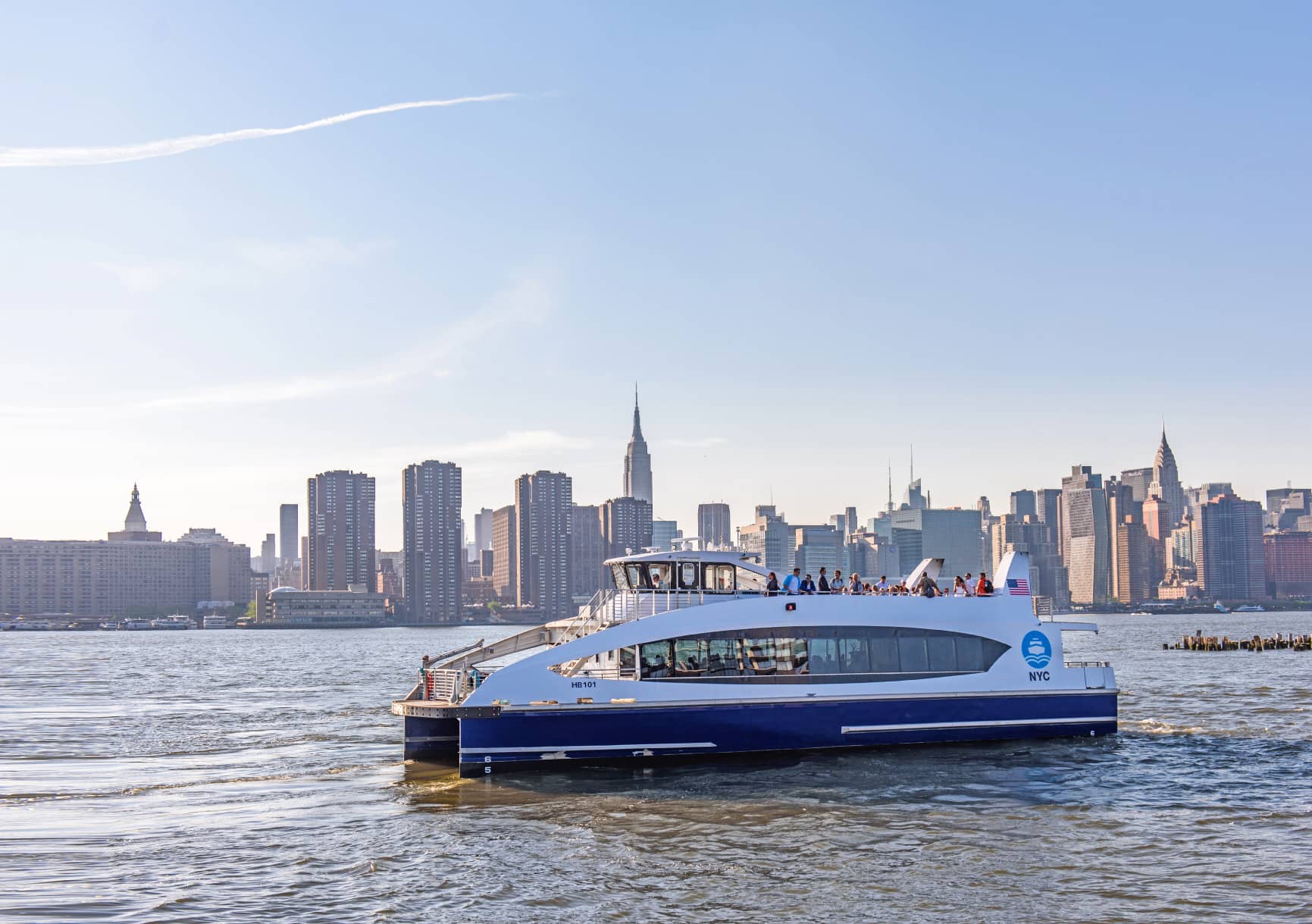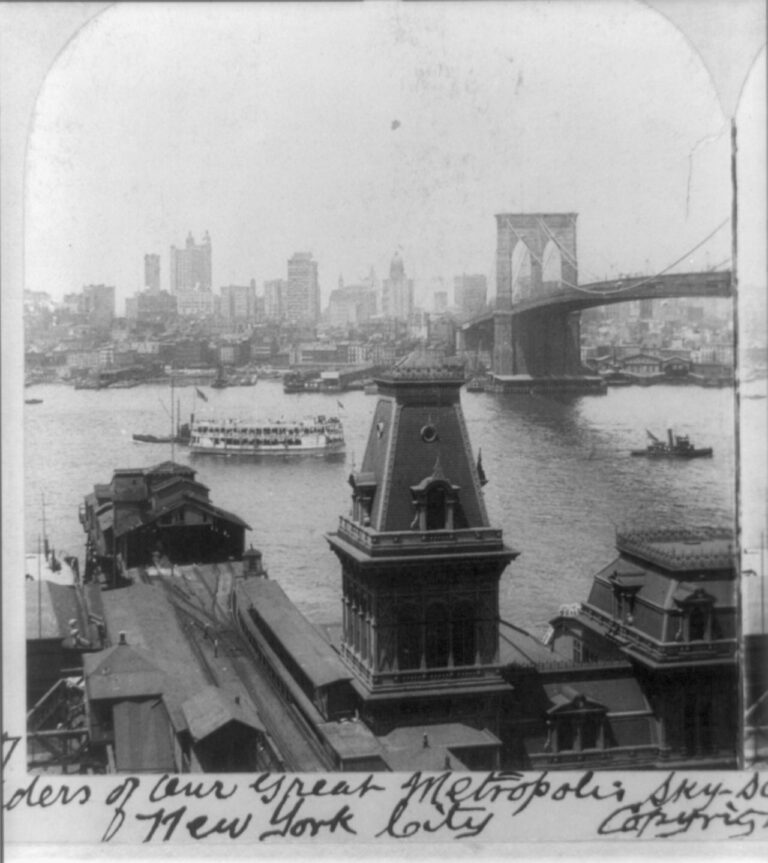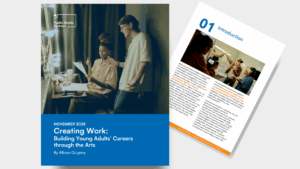New York City’s Economic Development Corporation (NYCEDC) recently released a new set of proposed ferry route revisions along with a plan to develop a “Vision for the Future of Ferries in New York Harbor” (NYC Ferry, 2025). The agency also announced two potential new landings: one at 125th Street in East Harlem and another at the MADE/Bush Terminal campus in Sunset Park.
It is an exciting moment for a transit system that barely existed a decade ago. In only a few years, the city has made impressive progress in expanding public access to the waterfront and improving mobility for waterfront communities. The path to this point was not straightforward, and looking at the history makes that clear.
More than a century ago, New York City launched a municipal ferry system of its own. The city’s 1905 municipal ferry operation was the first publicly owned and operated transit system in North America (Cudahy, 1990). By 1925, it had grown into a network that ran more than a dozen routes connecting all five boroughs and even parts of New Jersey. Long before bridges and tunnels reshaped the region, ferries were the essential tissue holding the city together.
That history still matters. Today’s NYC Ferry is not a revival of the original system. It functions more like a water bus that connects growing residential neighborhoods, parks, job centers, and industrial districts. Replicating historic routes would not make sense. Even so, there are lessons from New York’s older maritime era that can help us think about the future of the ferry system.

Waterfront City
New York’s waterfront is now a sought-after residential and recreational area. However, it was originally dilapidated, dirty, and vice-ridden, despite being the city’s first commercial center due to its proximity to the water (Sante, 1991).
It feels almost unbelievable today. Consider Brooklyn alone: Brooklyn Bridge Park, the Williamsburg waterfront, the Brooklyn Navy Yard, and the Brooklyn Marine Terminal plan all illustrate how the waterfront has changed to provide parks, housing, jobs, and shopping for the city’s masses.
With advancements in transportation, it is easy to forget that New York and its surrounding boroughs are an archipelago. Early ferry routes shaped all development patterns, most famously at the Fulton Ferry crossing between Lower Manhattan and Brooklyn Heights (Cudahy, 1990). That single link helped create the country’s first true commuter suburb by making Brooklyn Heights an accessible alternative to Manhattan.
The Transportation Evolution
Steam-powered ferries once served as the region’s only mechanized transit. As new modes of transportation were built, ferries remained valuable due to the connections they provided to new modes (Cudahy, 1990). In the first half of the twentieth century, travelers would disembark from a ferry to immediately board a streetcar, elevated train, or railroad. Many early automobile crossings were intentionally built along former ferry alignments, which shows how closely the systems were intertwined (Glowinski, 2019).
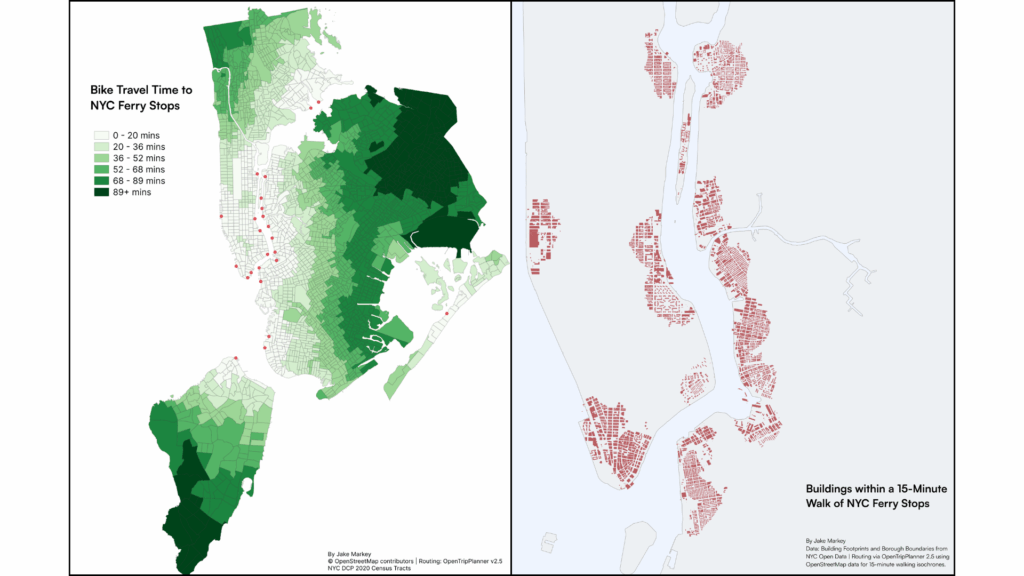
This perspective is helpful when thinking about how NYC Ferry should grow. The planned East Harlem landing near the Harlem River Greenway is a smart choice because it extends the reach of the Manhattan waterfront bike network. Bikes have actually been an integral part of the ferry’s story (McShane, 2019). During the city’s first bike boom in the late 19th century, when the first cycling guidebooks were published, many routes relied on ferries to help riders hop from borough to borough.
As the ferry system evolves, the 34th Street stop with better connections to the M34 bus could make the Midtown route more accessible. Fare integration is a more complicated challenge. Incorporating ferry service into the OMNY system would require real coordination and new funding commitments, but it is still worth pursuing over the long term.
Where could the ferry go next?
The new vision for the future of ferries is exploring opportunities for both NYC Ferry and private operators. Early conversations include the possibility of airport connections. If that idea sounds ambitious, it also fits perfectly within the historical pattern of ferries linking travelers to other modes of transportation.
The city’s transit history rarely follows a straight line, but innovation has always come from adapting to changing waterfronts, new destinations, and new expectations for mobility. In that sense, the modern ferry is not a recreation of the past. It is a reminder that New York is still a maritime city with exciting opportunities to reimagine the waterfront.
References
- Glowinski, P. (2019, August 23). The Rise, Fall, and Rise Again of the New York City Municipal Ferry System. NYC Department of Records and Information Services. https://www.archives.nyc/blog/2019/7/29/ferries
- Cudahy, B.J. (1990). Over and Back: the History of Ferryboats in New York Harbor. Fordham University Press.
- Sante, L. (1991). Low Life: Lures and Snares of Old New York. Farrar, Straus and Giroux.
- McShane, J. (2019, May 23). Bicycle Diaries: Two Centuries of New York City History. The New York Times. https://www.nytimes.com/2019/05/23/arts/design/bicycle-exhibition-museum-of-the-city-of-new-york.html
- NYC Ferry. (2025). Ferries Report: Celebrating Progress, a Commitment to Growth, and a Vision for Ferries in New York Harbor. New York City Economic Development Corporation. (pp. 20-25) https://edc.nyc/sites/default/files/2025-11/NYCEDC-NYC-Ferry-Report-2025.pdf
